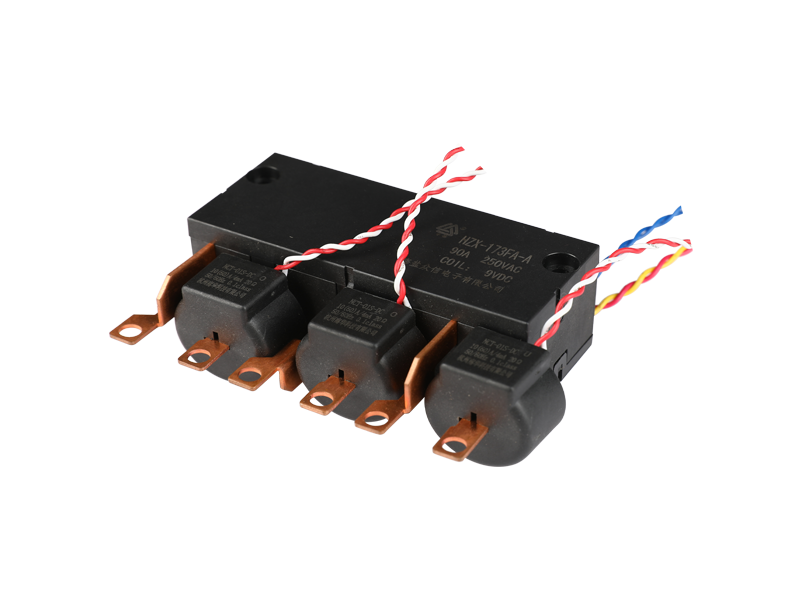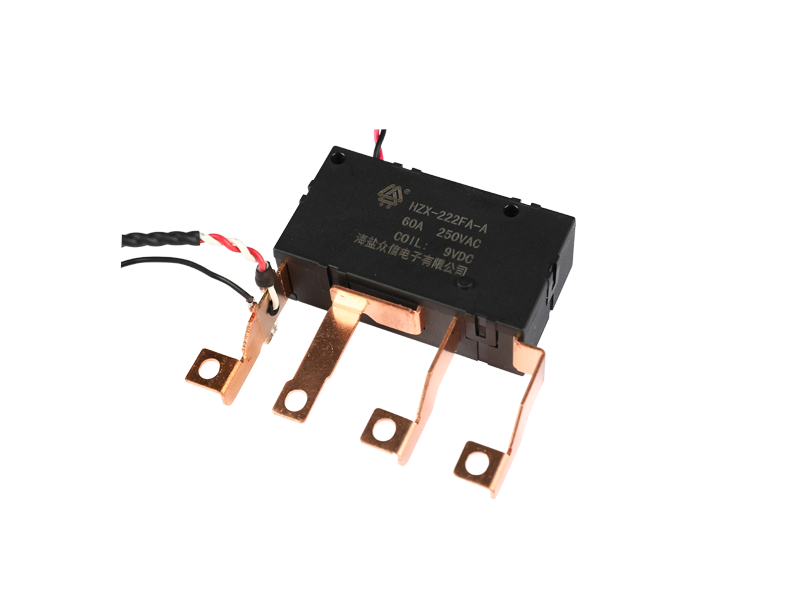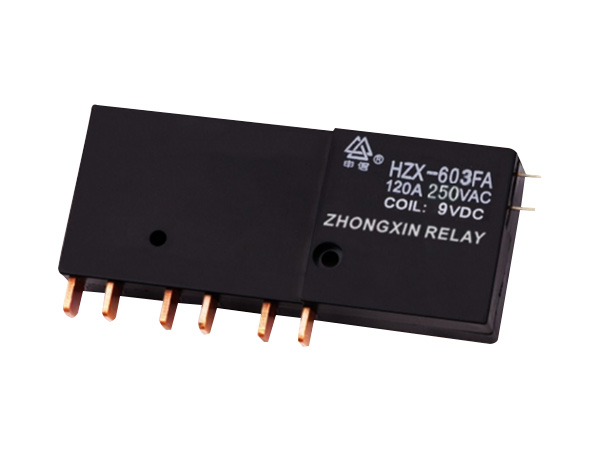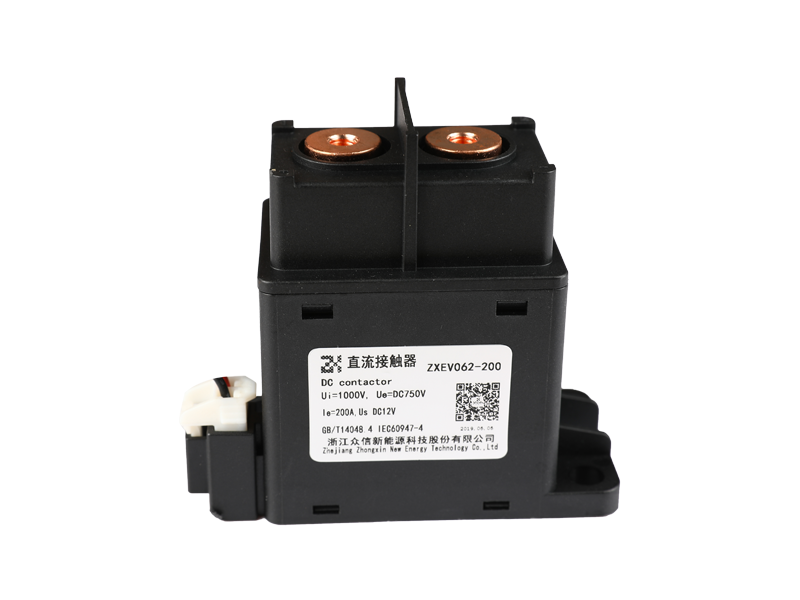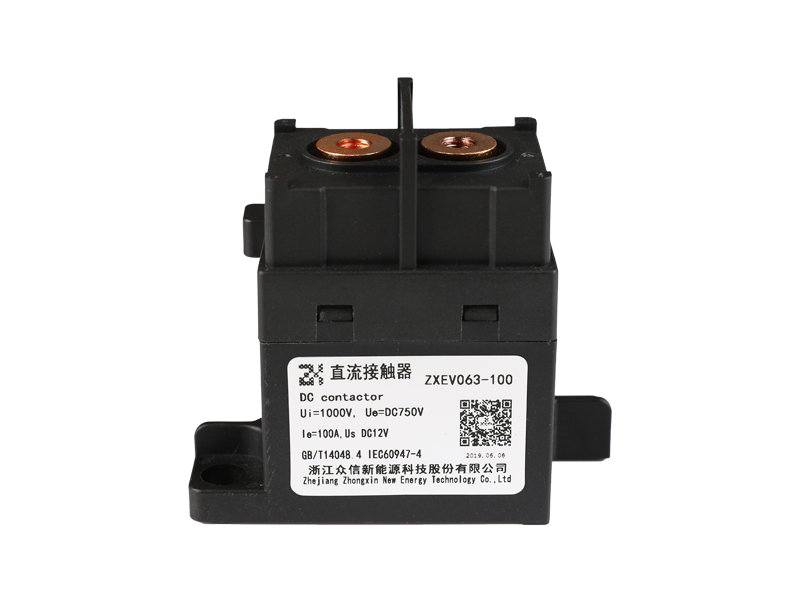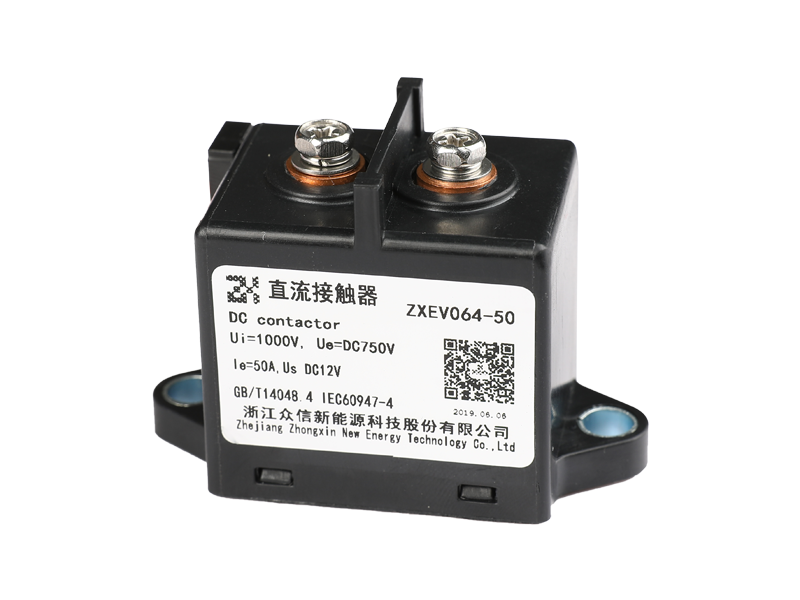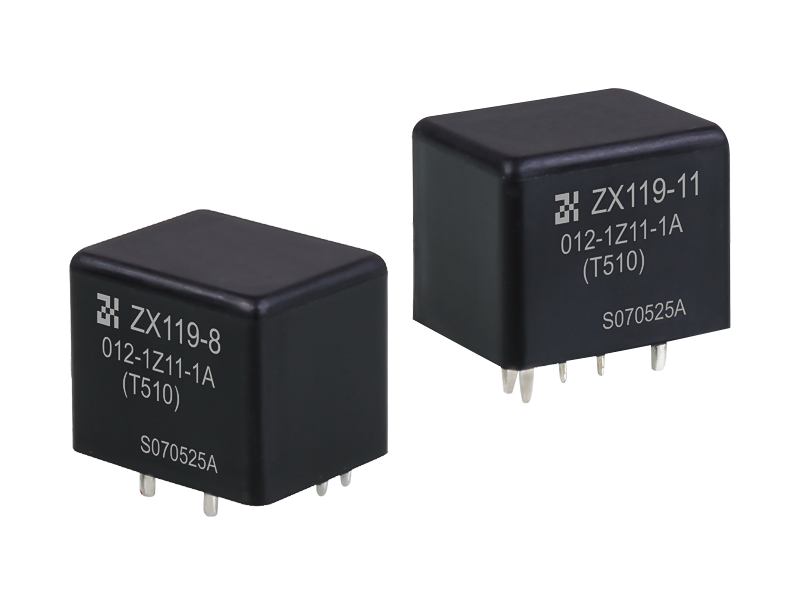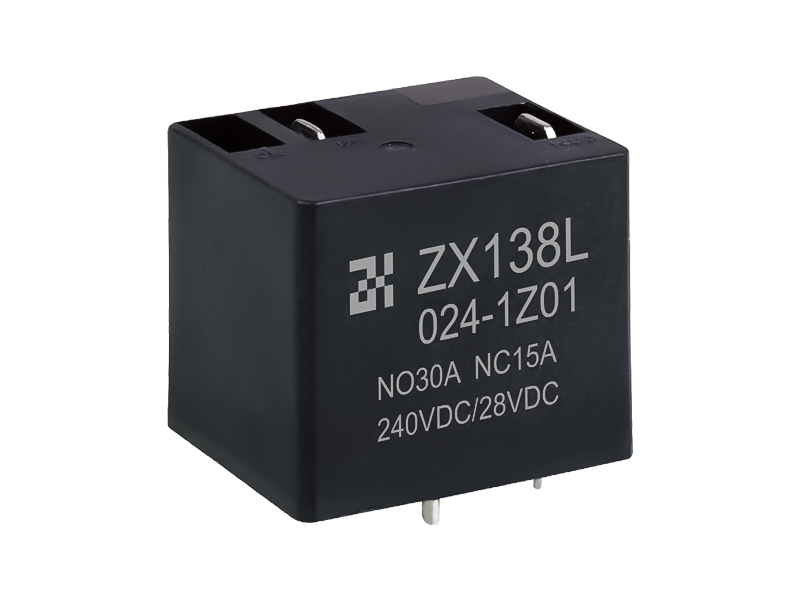The basic structure and working principle of the electromagnetic relay are similar to the contactor, which is composed of iron core, armature, coil, return spring and contact. Because the electromagnetic relay is used in the auxiliary circuit, its on and off current is small, so it is not equipped with an arc extinguishing device. The electromagnetic system of the electromagnetic relay has two types of direct-acting type and snap-in type. The electromagnetic mechanism of the AC relay has U-shaped snap-in type and E-shaped direct-acting type.

Electromagnetic relays are divided into DC relays and AC relays according to the types of electromagnetic coil currents. Electromagnetic relays are divided into current relays and voltage relays, and intermediate relays according to the way coils are connected in the circuit. DC relays and AC relays can be divided into current relays, voltage relays and intermediate relays according to their connection in the circuit.
The coil of the current relay is connected in series in the circuit, the wire diameter of the coil is thick, the number of turns is small, and the impedance is also small. The current relay turns on or off the circuit according to the size of the current in the whole, so as to reflect the change of current in the circuit. In addition to the current-type protection occasions, current relays are often used in the occasions controlled by the current principle.
The overcurrent relay does not operate when the circuit is working normally, and when the current exceeds a certain setting value, the armature produces the pull-in action, driving the contact action. Generally, the setting range of the pull-in current of the AC overcurrent relay is usually 1.1-4 times the rated current, and the setting range of the pull-in current of the DC overcurrent relay is usually 0.7-3.5 times the rated current. Since the overcurrent relay is released under normal conditions (that is, the current is near the rated value), it will only operate when an overcurrent occurs in the circuit.
The relay that the action of the voltage relay contact is related to the operating voltage of the coil becomes a voltage relay. When used, the coil of the voltage relay is connected in parallel with the load. The number of turns of the coil is large, the wire diameter is small, and the impedance is large. According to the type of current in the coil, it can be divided into AC voltage relay and DC voltage relay. According to the difference of the pull-in voltage, the voltage relay is divided into three types: overvoltage, undervoltage and zero voltage relay. In low-voltage control circuits, undervoltage and zero-voltage relays are used more. The undervoltage relay pulls in when the circuit voltage is normal, and releases and returns when the undervoltage (0.4-0.7Ue) occurs.
The intermediate relay is essentially a voltage relay, which acts as an intermediate element for switching control signals. The input signal of the intermediate relay is the power-on or power-off signal of the coil, and the output signal is the action of the contact. The number of contacts is large, and the contact capacity is also large. Intermediate relays are used as intermediate conversions (transmitting, amplifying, shunting, reversing signals) in the circuit.

